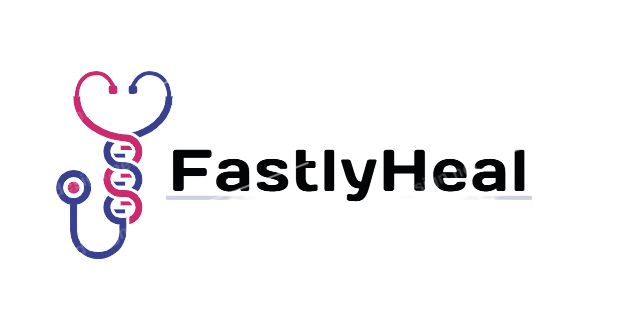Injuries to the back are among those that usually cause the greatest concern due to the delicate nature of any injury to the spinal column or the nerve projections that pass within the canal of bones that form the vertebrae. Over the years, people become more prone to back injuries for various reasons, usually trauma. Excessive physical effort can also be a cause of back injuries, among which is acute lumbosciatica, in which undue effort can lead to nerve involvement, producing symptoms that travel through the lower extremities. In this FastlyHealarticle we will tell you everything you need to know about acute lumbosciatica: causes and treatment .
Table of Contents
What is acute lumbosciatica
This name identifies a condition of the spine in which compression of the nerve branches of the spinal cord occurs . Our spine is made up of a series of vertebrae between which a cartilage disc is interposed that acts as a shock absorber. When any of these elements causes compression on the nerve branches of the lumbar or sacral region, a series of symptoms originate that extend from the affected region of the back to the lower limbs, and can even reach the tip of the feet.
Acute lumbosciatica: causes
Most cases of acute lumbosciatica are due to a wear of the intervertebral disc of the affected part that produces a herniated disc that projects over the nerves. This occurs almost always because a person whose disc is weakened made an effort to lift an excessive weight from the floor, without bending the knees, so that all the weight is supported directly by the back. This overload causes the soft center of the intervertebral disc to project over the weaker region, which yields to the force and ruptures, thus producing herniation of the intervertebral disc .
Because of this, overweight people may be at higher risk for low back sciatica, as can anyone who works with weights . Although this is the most common cause, it is not the only one, since there is a small percentage of those affected who suffer from this condition due to cysts, tumors or car accidents.
Symptoms of acute lumbosciatica
There is talk of an acute lumbosciatica especially the first two or three days in which the symptoms appear. This condition is characterized by symptoms that can extend from the lumbar region to the feet , passing through the buttocks, thighs and calves, although it can also affect the region of the testicles, ovaries and bladder due to the path of the nerves. In the vast majority of cases, it usually affects only one leg, and its intensity and location will depend on the nerves involved and the severity of the case.
The most common symptoms are the following:
- Severe and diffuse pain, localized in the regions described
- Difficulty walking, balancing, or making certain movements, determined by the affected nerve
- Tingle
- Muscular weakness
- In some cases there may be urinary or fecal incontinence due to loss of control over the sphincters.
Diagnosis of acute lumbosciatica
An important part of the diagnosis is the exploration and physical examination along with the history of the disease, since many times the symptoms of a patient can be enough to diagnose this condition due to its characteristics. Other times, however, it is necessary to do radiographic studies to rule out other possibilities and conclude the diagnosis correctly. Some of the studies that are implemented are spinal radiography, magnetic resonance imaging and electromyography, the latter being quite useful to determine the level of nerve involvement.
Treatment of acute lumbosciatica
For most cases of acute lumbosciatica it is sufficient to have some care at home to achieve a recovery, using anti-inflammatory analgesics to relieve pain, for example epidural steroid injections , or adding physiotherapy treatments when necessary, with which most of cases resolve after 6 weeks. Some tips for the house are the following:
- Have rest for at least a day after the onset of symptoms.
- Sleep on a hard mattress, on your side, with a pillow between your legs.
- Apply cold compresses to the affected area for the first two days and then replace it with heat.
- Avoid physical effort and perform all movements slowly and calmly to avoid injury.
- Distribute the weight correctly on the feet when walking, keeping the back straight and the shoulders back.
- In certain cases, to achieve an improvement it may be necessary to carry out a surgery which basically consists of eliminating herniated discs, thereby eliminating the compression on the nerve branches.
The surgery is considered in the following cases:
- When there is loss of sphincter control
- When the movement limitation progressively advances
- When pain is severe and painkillers don’t relieve it
This article is merely informative, at FastlyHeal .com we do not have the power to prescribe medical treatments or make any type of diagnosis. We invite you to see a doctor in the case of presenting any type of condition or discomfort.
If you want to read more articles similar to Acute lumbosciatica: causes and treatment , we recommend that you enter our Bones, Joints and Muscles category .

I am a Surgeon with a diploma in comprehensive ultrasound and surgical care residency, an area I am specializing in. During the exercise of my profession, I have realized the need for patients to know the diseases they suffer, and I can tell you that a large part of their complications is due to a lack of information. Being a health web writer allows me to transmit my experience, without borders, to all those readers eager for knowledge, educate them in the prevention of diseases and promote a healthy lifestyle.
